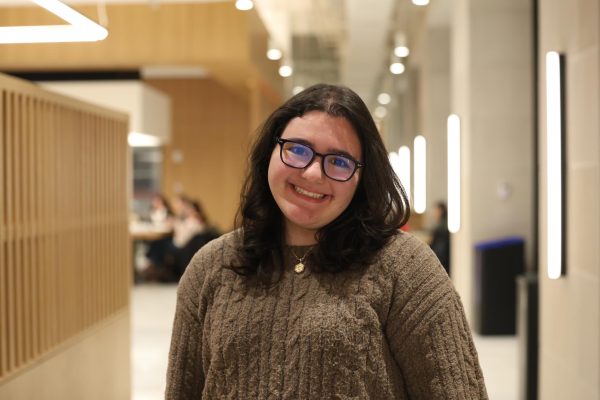Act Your Age, Read Your Age
By Vanessa DeJesus
I have always been an avid reader, and, as I mature, I find my taste in books matures with me. Upon rereading young adult books that once struck me as profound and beautiful, I have come to find most of them trivial, pandering and, on the whole, poorly written. However, when I look around I see fully grown adults swearing by John Green, Veronica Roth and the like, my gut reaction is why do you feel the need to pick up a book written for developing minds?
The typical YA book is written in the first person and contains a protagonist that is between the ages of 12 and 18. The plot includes problems relative to the age of the protagonist. These problems, meant to allow the young reader to identify with the characters and story, are, in turn, immature and inappropriate for an adult readership.
Most YA novels stick to, or at the very least incorporate, three main tropes. First, there is the chosen one, the protagonist that is destined to save their world from some fated doom. It creates the idea that every other character in the story who is not chosen is expendable. From sidekicks to storylines that move the chosen one along the plot and teach them something about the world they are meant to save. It is not fair, or frankly good, writing to throw all your eggs in one basket. The idea of the chosen one can be easily misconstrued by a young reader who does not feel that they have found their purpose yet and not everyone can save the world.
Next, there is the love triangle, which consists of one love interest (usually a girl and often the protagonist) who has two other characters (usually males) competing for her affections. This dynamic introduces the idea that love is a competition, which is not exactly the message we should be sending to young readers.
Lastly, there is the problematic favorite: the outcast –– which generally involves the protagonist emphatically claiming that he or she is “not like the other girls/boys.” This usually exceedingly angsty individual is often the love interest of the story, thus painting aloof, mysterious individuals in a desirable light. The suggestion being that this individual is somehow more suited for a relationship or to be the object of affection because they have a secret. Romanticizing teen angst can become incredibly problematic in a work meant for young adults who are just learning what love really is, or should be.
As someone outside of the YA target audience, I understand the feelings of nostalgia that can come from a coming of age story. But we have to draw the line; we cannot keep indulging ourselves in novels constructed around the teenage experience. Nostalgia, in any form, can be detrimental in excess. It prevents you from moving forward, and if you do not look in the direction you are headed, you will fall.
Adult fiction consists of books usually centered around characters aged upward of 20 and focus on lyrical rather than plot driven prose. (Though, this is not always the case.) Some adult fiction writers make use of an omnipresent narrator, while others employ a first-person narration, in which the main character has already lived through the events they describe and are reflecting as they recollect these events. Either use can elicit a more profound reading and move the reader to further thought in a way that the cut-and-dry plot focused style of YA simply cannot.
Aside from the overtly trashy and shallow works of “Divergent,” “Twilight” and “The Fault in Our Stars,” there are some examples of YA that have contributed greatly to the literary canon. These important works include Harper Lee’s “To Kill a Mockingbird,” “The Catcher in the Rye” by J.D. Salinger, “The Outsiders” by S. E. Hinton, “A Separate Peace” by John Knowles and the “Harry Potter” series by J. K. Rowling. These works are well-crafted and do well to serve their purpose in literary canon: to teach young adults not only about their subject matter but about the joys of reading. These books are ones that are regarded as pivotal works of literature every budding reader should dive into.
However, not all YA works contribute to developing the mental maturity of a fully grown adult. The less acclaimed works of young adult fiction credited to Jenny Han, Veronica Roth and Stephanie Meyers are poorly written ploys with obvious intent on landing a lucrative movie deal.
Some estimate that over 70 percent of YA is consumed by adults aged 18-64, and as a result book sales of adult fiction are down 16 percent since 2013. These statistics are incredibly alarming. Adults are reading, though, and that’s all fine and well –– but their choice in books is crippling the market for adult fiction.
As an aspiring writer, this is the audience I must cater to: adults that refuse to let go of the past. Those who would rather relive the trials and tribulations of high school than read about adults finding adult solutions to adult problems.
In this age of social media, the average reader’s attention span is similar to that of a goldfish. There must be a point where one needs to grow up and pick up a novel by Margaret Atwood, Yann Martel or Agatha Christie to start; Charles Dickens or one of the Brontë sisters if you are feeling bold.











































































































































































































